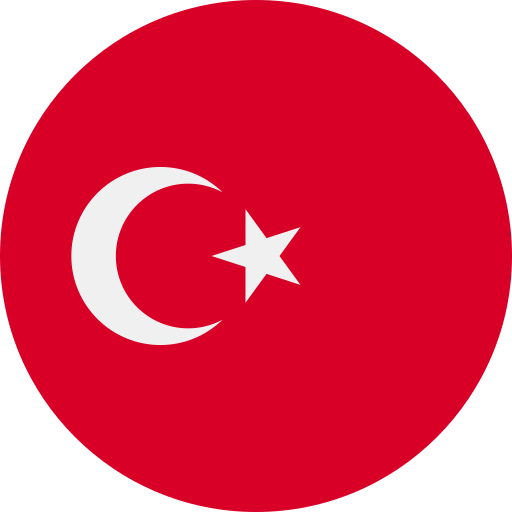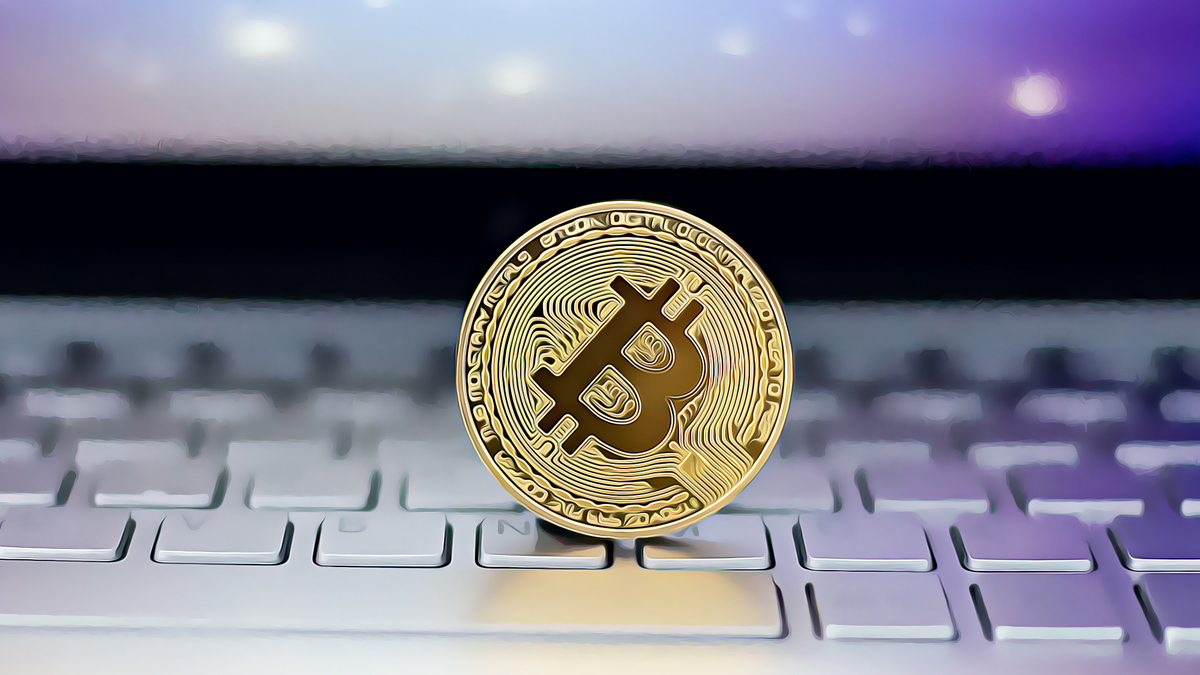Reports indicate that the U.S. administration is developing new funding methods to enhance its cryptocurrency asset reserves. The objective is to create additional resources by recalculating the value of gold certificates held in the Treasury. In this strategy, tariff regulations applied in international trade are also being evaluated.
Crypto Reserves Set for Expansion
According to statements, White House advisor Bo Hines noted that the value of existing financial instruments can be adapted to current conditions. Hines conveyed that comprehensive efforts are underway to explore alternative strategies for increasing crypto reserves.
Bo Hines: “Senator Lummis’s Bitcoin  $94,193 Act of 2025 has generated significant interest within the community. Once the value of the current gold certificates is recalibrated, we can utilize these additional resources for cryptocurrency purchases.”
$94,193 Act of 2025 has generated significant interest within the community. Once the value of the current gold certificates is recalibrated, we can utilize these additional resources for cryptocurrency purchases.”
Support for Bitcoin Reserve Proposal
Hines expressed that aligning the value of gold certificates in the U.S. Treasury with current gold prices could enhance the resources available to the government. The current calculation method for these certificates does not accurately reflect real market gold prices.
Proposals include recalibrating gold certificates to their true value, thereby using the surplus resources to support cryptocurrency acquisitions. This strategy aims to strengthen the government’s strategic reserves.
Bo Hines: “We are working on different creative methods; tariff adjustment is within the realm of these strategies. All options are open for consideration.”
Government officials continue to seek alternative solutions in financing. The idea of increasing crypto reserves through the recalculation of the value of existing assets is being addressed through various scenarios and applications.
Historically, gold certificates used between 1865 and 1933 are viewed as a financial tool that could be re-evaluated today. In this context, old methods are being adapted to new economic conditions and are central to ongoing discussions. Recent tariff regulations in international trade are also considered among alternative strategies.
Decision-making processes regarding the implementation of these diverse approaches are still ongoing. The discussion of various ideas could play a crucial role in determining the strategies that will be finalized in the future.

 Türkçe
Türkçe Español
Español








